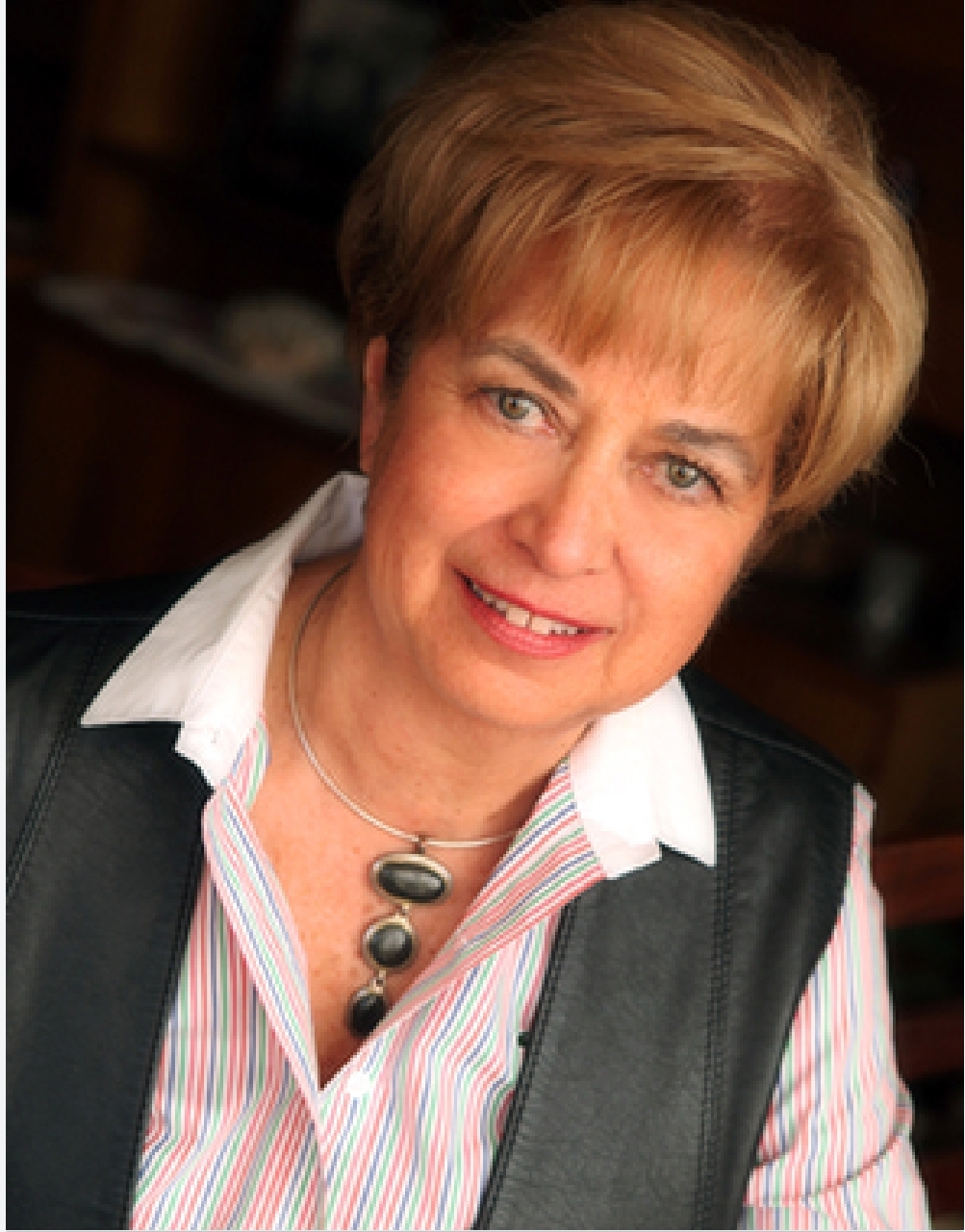By Marianela Cartagena
Teamwork and creativity, two skills that are always so necessary and especially in these days of pandemic, are little studied in schools, universities and other educational settings. We can understand teamwork as a highly organized social structure oriented towards the achievement of a common goal, made up of a small number of people who adopt and exchange roles and functions, with flexibility and according to a procedure to manage socio-affective processes, in a climate of respect and trust.
Effects of cooperative behavior within teams
Trust and loyalty produce behaviors oriented towards a common goal and openness to dialogue. Communication and creativity as part of the knowledge of people are encouraged. The historian Arnold Toynbee proposed the “challenge and response” thesis, where civilizations sustain their existence by virtue of their creative development, in response to new large-scale challenges. These in turn are usually a consequence of their previous development. “The Dance of Change” by Peter Senge is another reference in this context.
In this sense, challenges are also opportunities to improve, to exercise our attention, understanding and creativity.
But what is creativity?
There are many definitions of creativity. One of them could be the “special form of intellectual productivity that is expressed in solutions or combinations of responses, but on the other it is almost a dimension of character,” said Eduardo Llanos Melussa, psychologist, poet and academic at the Universidad Diego Portales in Chile, in “What is Creativity?” (Journal «Creces», April 1988).
Alejandro Schnarch Kirberg says about group work, that it is interesting to emphasize that group creativity is often more effective than the individual version of it. In his book “Creativity and Innovation”, he recognizes what he calls Circles of Creativity, which are form by work teams of five to seven people from a specific area, who voluntarily meet to propose ideas and innovations that improve their work or solve problems. “Although the Circles of Creativity bear a certain similarity to the Circles of Quality, their integration, objectives and operation may vary as they also focus on exploratory and random creativity. The mere vision of a problem is already a creative act. Instead, its solution can be the product of technical skills”, he points out in his book.
Identifying the problem and analyzing it as a team is a much more profitable, creative and motivating dynamic, which will surely achieve better results than a unique process. “The team excites, transforms and generates a creative intention that no other stimulus can create,” Schnarch reaffirms. The group is not only important because several minds think more than one, but also because it is the most suitable framework to channel intentions of change, motivate and accompany innovative projects, stimulate and help to live with the risk that all creative action implies.
Teamwork with communication, creativity and resources is the experience I had during my work in flight and on the ground at Lan Chile, between 1976 and 1993, and which I have continued to see in aviation, both in flight and in different airports on various continents.
I remember that in April 2020, when Latam and Aerolíneas Argentinas took off together from Santiago de Chile, on two direct flights to China, lasting 48 hours, with four complete crews each, to carry out flight shifts with an unprecedented technical stopover in New Zealand. The purpose of both operations was to go get medical supplies to fight the Covid-19 pandemic.
This transoceanic flight had as antecedent a milestone in the history of Lan Chile back in 1985, when the first of the thirteen flights took off as part of the project Flight Three Oceans: The Atlantic, Indian and South Pacific. That initiative was led at the Operations Management Unit by the commanders Exequiel Sanhueza and Marcelo Canobra. Later, four flights were schedules to China as part of The East-West Project (1987-1989) and I participated in all of them from the ground, as secretary of the Operations Management Unit of Lan Chile.
Teamwork is the secret that makes ordinary people achieve extraordinary results and it is also one of the four components of interpersonal intelligence that Hatch and Gardner talk about. It seems that the key would be to bring together talent with empathy, since they recognize each other and respond to people’s feelings and concerns.

